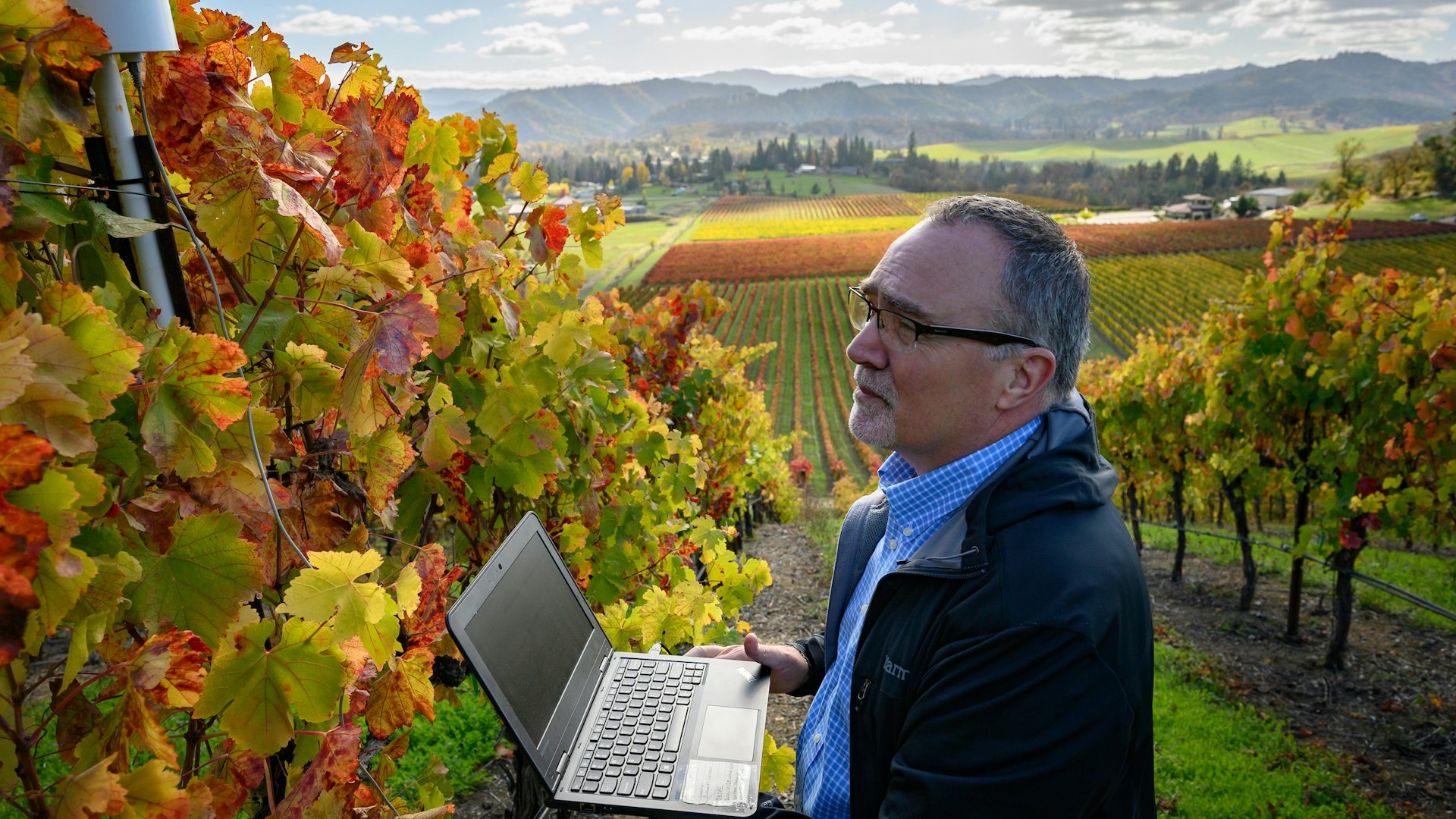
News
Italian wines aiming for the stars – wines from high-altitude vineyards
Climate change puts vine growers to the test and requires new solutions to maintain elegance and freshness in the wines. An alternative is to choose to work at a higher altitude. If you are curious about trying wines from high-altitude vineyards in Italy - and meeting the vignerons behind the wines - then you are welcome to Festa del Vino at the Winery Hotel on the 10th and 11th of March 2023.
One of the wine world's significant challenges today is an increasingly warmer climate. Because the heat and the strong sunlight cause the grapes to accumulate too much sugar before the tannins and aromas have time to mature appropriately at the same time as the acidity drops. To continue making balanced wines, vignerons today try different solutions. Artificial irrigation can be an option. If water is available and if one has enough resources to install an irrigation system. They are also experimenting with new pruning methods. Larger foliage provides better shade and prevents the grapes from being burned. But larger foliage also means that you get stronger photosynthesis and, thus, more sugar and, consequently, higher alcohol in the wines. The balance is delicate. New grape varieties are also being introduced, which are more resistant to heat, even in classic regions like Bordeaux. - And then some producers choose to work at a higher altitude. Today, vineyards at high altitudes are highly sought after. Often in places that no one considered just a decade ago.
In Italy, several regions produce wines at high altitudes. Forty per cent of Italy's area consists of mountains and hills, the Alps form a natural border north, and the Apennine Mountains range runs like a spine from north to south. For example, Tuscany, Etna and Trentino-Alto Adige. Even in Tuscany, wine is made at high altitudes, just like in the south, in Campania, Sardinia and Sicily.
High-altitude vineyards are those planted at more than 500 meters above sea level, according to the European Center for Research, Environmental Sustainability and Advancement of Mountain Viticulture (CERVIM).
The average temperature is expected to drop by 0.6 degrees per 100 meters. A cooler temperature gives a longer growing season; thus, tannins and aromas can mature appropriately while maintaining a high acidity in the wines. It is also windier at high altitudes, further lowering the temperature while drying out moisture that can cause problems with rot.
Wines from higher altitudes play more on elegance than power and are becoming increasingly popular on the international wine scene. If you are curious to discover more, come and meet the producers from Etna, Lazio and Tuscany, among others, at the Festa del Vino at The Winery Hotel on the 10th and 11th of March 2023.





